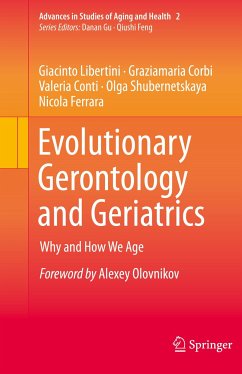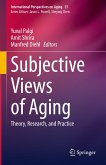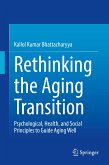This book provides concrete scientific basis that we can conceive the possibility of modifying or even completely canceling aging process, despite the fact that aging is commonly regarded as the result of the overall effects of many uncontrollable degenerative phenomena. The authors illustrate in detail the mechanisms by which cells and the whole organism age. Actions by which it is possible, or will be possible within a limited time, to operate for modifying aging are also debated.
The discussion is conducted within the frame and the concepts of evolutionary medicine, which is also indispensable for distinguishing between the manifestations of aging and: (i) diseases that worsen with age, and (ii) acceleration of normal aging rates, caused by unhealthy lifestyle habits and other avoidable factors. The book also discusses the impact of aging on overall mortality and the strange situation that, according to official statistics, aging does not exist as cause of death.
This book is a turning point between a gerontology and geriatrics conceived as the study and vain treatment of an incurable condition and one in which these disciplines examine the how and why of a physiological phenomenon that can be modified up to a possible total control. This means transforming the medical prevention and treatment of physiological aging from the greatest failure to the greatest success of medicine.
Dieser Download kann aus rechtlichen Gründen nur mit Rechnungsadresse in A, B, BG, CY, CZ, D, DK, EW, E, FIN, F, GR, HR, H, IRL, I, LT, L, LR, M, NL, PL, P, R, S, SLO, SK ausgeliefert werden.









